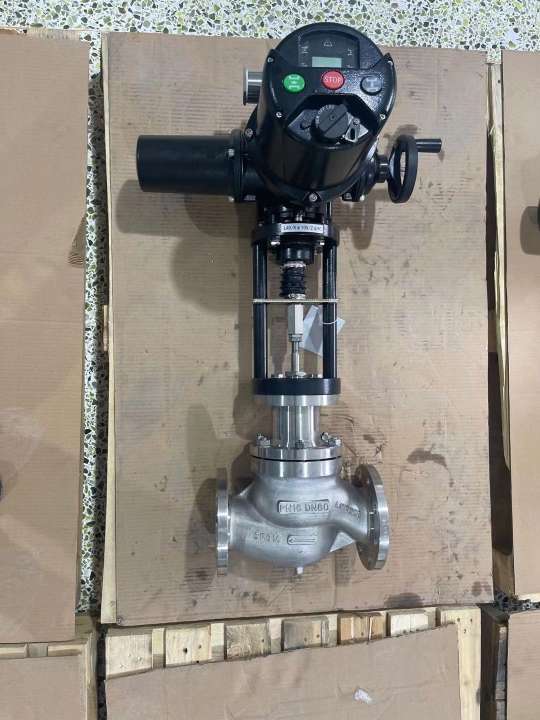hydrogen energy electric two-seat regulating valve: a key component in sustainable hydrogen systems
Release time:2025-09-17 21:25:17
As the world transitions to renewable energy sources, hydrogen has emerged as a promising fuel due to its high energy content and clean emissions. Central to the efficient use of hydrogen energy is the need for reliable, safe, and precise control systems that manage the flow and pressure of hydrogen in various applications. One such crucial component is the Hydrogen Energy Electric Two-Seat Regulating Valve, which ensures optimal operation of hydrogen-based systems, particularly in fuel cell applications, hydrogen storage, and transportation networks.

The Role of Hydrogen Energy Electric Two-Seat Regulating Valves
A hydrogen energy electric two-seat regulating valve is designed to regulate the flow and pressure of hydrogen gas in pipelines, tanks, or fuel cells. The valve features an electric actuator, making it suitable for modern automated systems where precision and safety are paramount. It is especially used in applications where hydrogen gas needs to be controlled within narrow flow rate ranges or at specific pressures, such as in hydrogen refueling stations, electrolysis plants, or fuel cell vehicles.
The two-seat design of the valve is fundamental for ensuring a tight seal when the valve is closed. This design uses two sealing surfaces (the "seats") to prevent hydrogen leakage, which is a critical safety consideration due to the flammability of hydrogen. By providing a double barrier, the two-seat valve minimizes the risk of accidents and enhances system integrity, ensuring that hydrogen is delivered efficiently and safely.

